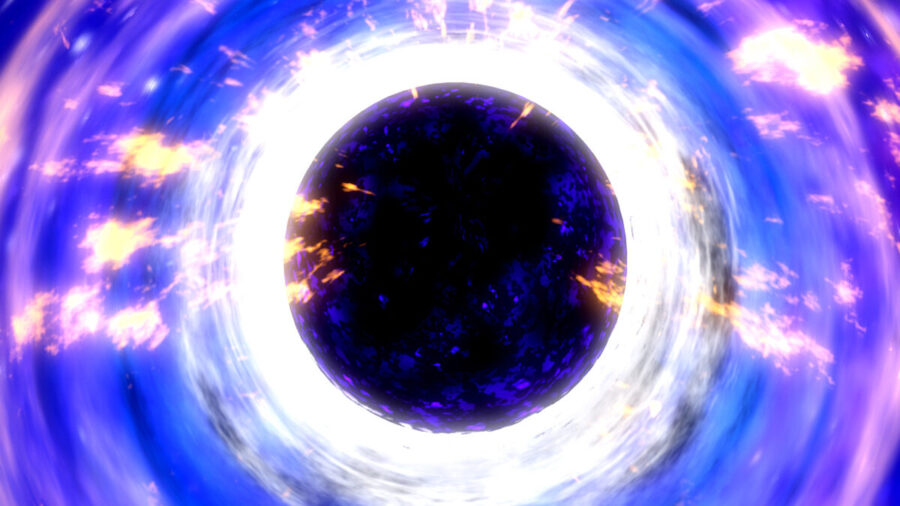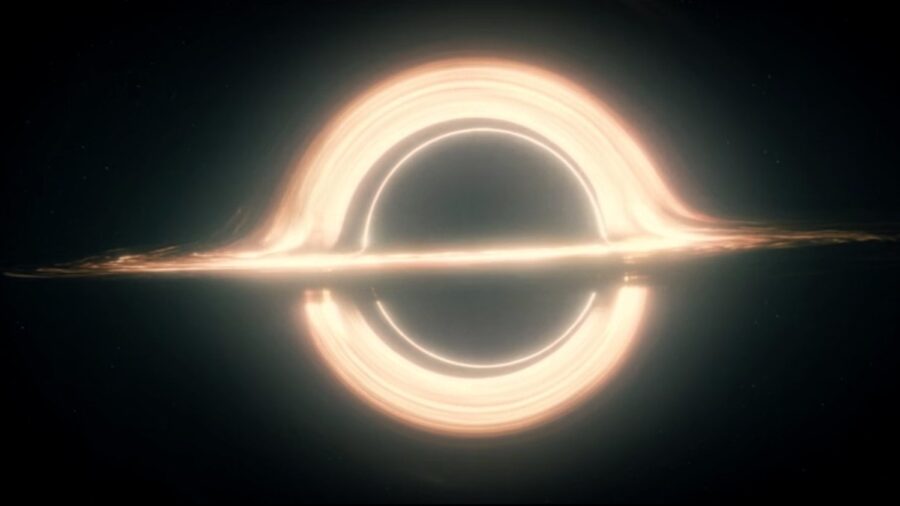Scientists Can Now Make Tiny Black Holes With Pseudogravity

Physicists at the Kyoto Institute of Technology altered a special material called a photonic crystal to change the way light moves, creating pseudogravity, an effect similar to a tiny black hole. The experiment was inspired by Einstein’s theory of relativity and showcased light similar to how it would be if it were passing through a gravitational field. According to Science Alert, this experiment has far-reaching implications for the control and manipulation of light in optics and communications technology.
The research team’s goal was to investigate if changing the pattern of photonic crystals could create effects similar to pseudogravity. Just as gravity curves the path of objects, the scientists at the Kyoto Institute of Technology found a way to curve light inside specific materials. In essence, they aimed to replicate the phenomenon where gravity, a result of mass, warps the path of light.
The pseudogravity findings also open new avenues within the field of graviton physics.
Photonic crystals, with their highly ordered and repetitive nanostructures, offered a unique opportunity to simulate pseudogravity on a smaller scale. These lab-made crystals consist of periodic changes in the refractive index of light, resulting in iridescent optical effects. Examples of similar iridescent objects found in nature include opals, peacock feathers, and the lustrous wings of butterflies.
The ordered structures in photonic crystals can be thought of as representing geodesics in space-time. And, as light traverses these structures, its path can be made to deviate, mimicking the curvature of light in a pseudogravitational field.
The experimental setup involved directing a beam of light through the deformed photonic crystal and observing the characteristics of the emerging light.
To put their theory to the test, the scientists fabricated silicon photonic crystals and introduced distortion by altering the spacing between the ordered elements. They effectively simulated a gravitational influence and achieved their goal of creating a pseudogravity experience.
This modification changed the crystal’s interaction with light, causing the light beam to curve, akin to the path of light around a miniature black hole.

The experimental setup involved directing a beam of light through the deformed photonic crystal and observing the characteristics of the emerging light. The results of these experiments confirmed the team’s success in creating photonic crystal pseudogravity. It’s a scientific development with the potential to significantly impact our understanding of gravity and technological advancements.
One of the potential technological applications of this pseudogravity discovery is in the realm of 6G communication. Physicist Masayuki Fujita of Osaka University explained that the ability to steer light beams within the terahertz range, achieved through the manipulation of photonic crystals, could have significant implications for advanced communication systems.
Physicists at the Kyoto Institute of Technology have been able to create pseudogravity, which mimics tiny black holes.
The pseudogravity findings also open new avenues within the field of graviton physics. By demonstrating that photonic crystals can harness gravitational effects at a smaller scale, this research promises to expand our understanding of gravity, one of the most fundamental forces of nature. Beyond that, who knows where else this groundbreaking discovery may lead?
While the direct application of this pseudogravity research remains to be seen, the potential impact is enormous. Beyond its implications in communication technology, the ability to manipulate the path of light in a manner reminiscent of gravitational fields could have wide-ranging effects on subjects like astrophysics, materials science, optics, and more.












